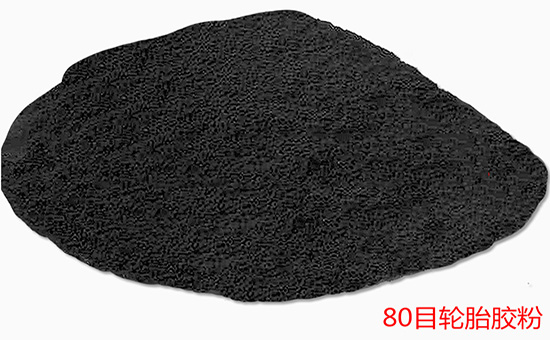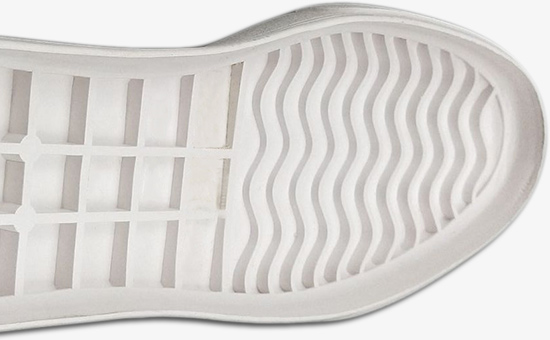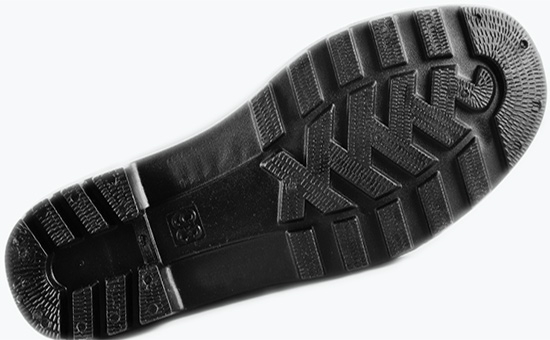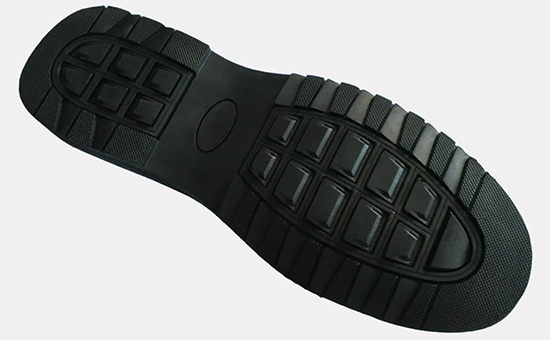Rubber powder is a powdery substance made from waste rubber products through mechanical crushing or grinding, which can be added back to the production of rubber products, reducing production costs while improving the processing and usage performance of rubber materials. Rubber shoe soles are one of them. Today, I will share with you the applications of common rubber soles such as rubber powder rubber shoe soles, rubber shoe midsole soles, anti slip shoe soles, and leather shoe soles.

1. Application techniques of rubber powder in rubber shoe soles
Rubber overshoe soles need to withstand frequent friction, compression, and bending, and require materials with good wear resistance, flexural flexibility, elasticity, and certain strength. Rubber powder can be used as a low activity rubber filler to fill rubber shoe soles; Rubber powder with a filler of 60-80 mesh in the outsole of rubber shoes provides better vulcanization performance; If the fineness of the filler rubber powder is too high, the physical and mechanical properties of the vulcanized rubber will decrease. In actual production, rubber powder can replace recycled rubber to produce rubber soles with excellent wear resistance, or it can be combined with rubber powder to effectively reduce the production cost of rubber soles.

2. Application techniques of rubber powder in rubber shoe midsole
Rubber shoe midsole requires rubber material with good compressibility resistance and aging resistance, which can be divided into sponge midsole and hard midsole. In actual production, rubber powder can be added in an appropriate proportion to the midsole formula of rubber shoes, effectively reducing raw material costs. It is recommended to use 60-100 mesh rubber powder.
The reference formula for rubber shoe midsole mixed with rubber powder: 50 parts natural rubber, 700 parts recycled rubber, 190 parts rubber powder, 3 parts zinc oxide, 6 parts stearic acid, 3 parts antioxidant D, 10 parts coumarone resin, 12 parts engine oil, 5 parts rosin, 5 parts accelerator M, 3 parts accelerator D, 4 parts accelerator DM, and 10 parts sulfur; Total: 1001 copies.

3. Application techniques of rubber powder in anti slip shoe soles
The anti slip boot for industrial and mining purposes has a thicker sole heel, with the thickest part reaching 15mm. The semi-finished rubber material has a greater shrinkage during storage, and the appropriate amount of rubber powder can control the shrinkage of the rubber material 2SLY410 semi-finished product. In addition, when using styrene-butadiene rubber for the anti slip shoe sole, there is not only a problem of high shrinkage of the rubber material, but also a burning problem caused by increased internal friction and rapid heating of the rubber material during extrusion; The above problem can be solved by filling rubber powder and natural rubber in an appropriate amount and using a segmented molding method to control the plasticity at around 0.5.
4. Application techniques of rubber powder in leather shoe soles

When using recycled rubber in leather shoe soles to reduce costs, appropriate use of activated rubber powder can improve sole elasticity, flexibility, cracking resistance, and tear resistance.
Rubber powder can also be used in other sole adhesives. In the future, I will continue to share with you more reference formulas for various types of rubber soles mixed with rubber powder.
Exclusive original article [commercial authorization] reprint, excerpt and excerpt in any form are prohibited without written authorization. Focus on Hongyun rubber: learn the process formula and raw material technology of producing rubber products from recycled rubber to help you reduce costs and increase profits